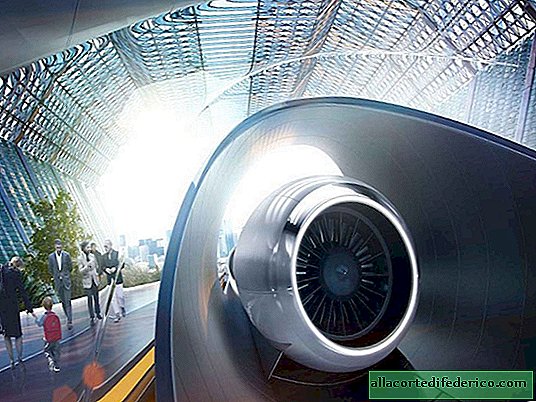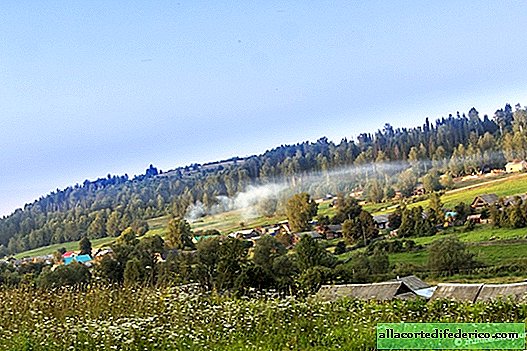Perplexing UNESCO World Heritage Sites
Everyone knows that the tasks of UNESCO include the preservation of objects due to their high importance, and, of course, most UNESCO sites are unique natural complexes or monuments of human activity.

But some protected objects do not cause delight and admiration, but at best bewilderment. For example, coal mines, or a meat processing plant, or a shoe factory in general. Let's look at these specific monuments:
Salted Meat Factory, Fray Bentos City, Uruguay

This factory is abandoned and dilapidated, but is still included in the list of UNESCO sites, because it gives an idea of meat processing in an industrial company of world scale.
Shoe factory "Fagus", the city of Alfeld, Germany

It was built back in 1910 and is still working. Valuable for the world in that it is an important milestone in the development of industrial design. There is a museum at the factory where you can find out how shoe fashion has developed in Germany over the past 100 years.
Grimeton Radio Station, Varberg, Sweden

An example of engineering from the heyday of broadcasting. The building itself was built in neoclassical style and looks very simple.

But now imagine that the radio provided communications between America and Sweden, and wires suspended on 6 towers served as radiating elements.

In the summer, the museum complex operates here, where there are exhibits of the connection of the past, present and partly future.
Four hydraulic ship lifts, Canal du Santre, Belgium

The construction of the first ship-lift began in the late 19th century, and the last, fourth, finished in the early 20th century. In 1998, all of them were included in the World Heritage List, and in 2002, a serious accident occurred on the hydraulic lifts, after which they were closed.

Someday, in the distant future, crowds of tourists will certainly come here and admire the art of the industrial landscape of the late 19th century.
Coal Mines, Wallonia, Belgium

Coal mining in Wallonia began in the 18th century, and by the 19th century the scale of mining had increased significantly. However, by 1960, most of the mines had already been closed, as coal reserves were depleted. After that, many mines were converted into underground museums, the expositions of which demonstrate the development of the coal industry at different times.
Here it is, the early industrial era in Europe:


















